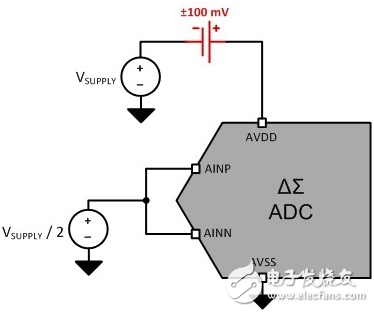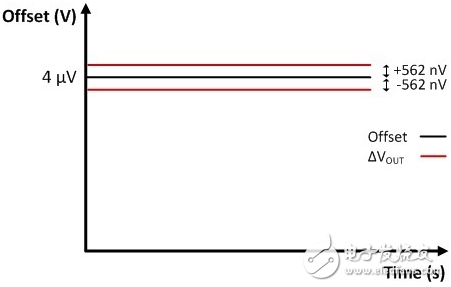When it comes to analog signal chains, everyone understands the importance of the input signal path. We design our own systems to get the signals we care about and maintain their integrity while doing our best to avoid or reduce interference. We pay special attention to the choice of components placed along the way. . . . . . Then we will supply it.
The author once heard people describe the power supply as "the shoelace of the circuit." Like the circuit, people often do a lot of hard work for the design and style of the shoes, but they will remember the shoelaces until the end. Although power supplies are often added later, they may be as important as the signal chain itself.
In the first part of this series, the author will introduce the concept of power supply rejection (PSR) and explain how the power supply can affect the performance of delta-sigma analog-to-digital converters (ADCs).
The author's direct current (DC) power supply is "solid as a rock", right?
Your power supply may not be as rugged as you might think, believe it or not. From a DC perspective, component tolerances and temperature drift can cause your power supply output to change due to board variations and temperature changes. A slight change does not seem to matter (if it is still within the operating conditions of your ADC), but this can create additional offset and gain errors in the ADC transfer function.
The power supply can also be very noisy. DC power supplies can also support alternating current (AC) components depending on their source or surrounding environment.
We are all familiar with the headaches (figures) caused by the 50Hz/60Hz power cord. Power line noise often finds a way to couple it through lighting or nearby devices, even for battery-powered applications. For some applications, this noise can go directly into the signal bandwidth you deserve.
In addition, more complex systems can also use a switching DC/DC converter to "buck" or "boost" their power supply into another voltage, which allows multiple power supplies to be generated from a single power supply. These switches
The frequency of the power supply may well extend beyond the range of signal bandwidths of interest, but these frequencies may alias into the back-pass band. This directly affects important AC technical parameters such as signal-to-noise ratio (SNR) and spurious-free dynamic range (SFDR).
The ADC requires a stable pure DC power supply, so any change in the power supply can change the performance of the ADC. Like most active components, the ADC is designed with some inherent resistance to power changes, but it's important to quantify the ability to see if it's enough for your application to work.
How much is the author's ADC susceptible to its power supply?
The ADC PSR describes the dependence of the ADC output change on its power supply variation. Sometimes it is assigned a ratio called Power Supply Rejection Ratio (PSRR), expressed in decibels (dB). TI's delta-sigma ADCs typically specify PSRR in two ways: PSRRDC and PSRRAC.
PSRRDC measures the ADC's ability to reject DC displacement in the power supply. To determine PSRRDC, you short the ADC inputs together and bias them to the intermediate supply, as shown in Figure 1. Then, you power the analog ADC supply (AVDD) from a clean DC supply and record the offset voltage at the output. When you increase or decrease the supply voltage by 100mV, record any changes you observe at the ADC output. Figure 2 shows how a 100mV change in the supply voltage causes a 562nV change in the initial offset voltage in the ADS1220. Using Equation 1, the PSRRDC is calculated to be -105 dB.

Figure 1: PSRRDC test setup

Figure 2: ADS1220PSRRDC determination

Equation (1)
Wifi 6 Ceiling Wireless Ap,Access Point Ceiling Mount,Ceiling Access Point Poe Wifi 6,Wireless Mu-Mimo Gigabit Ceiling Access Point
Shenzhen MovingComm Technology Co., Ltd. , https://www.movingcommiot.com